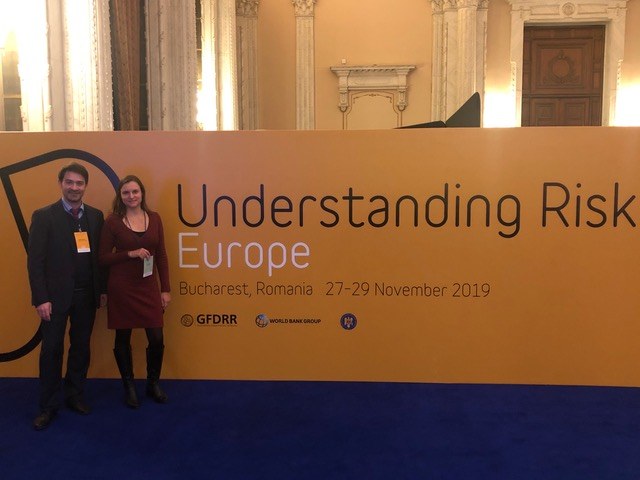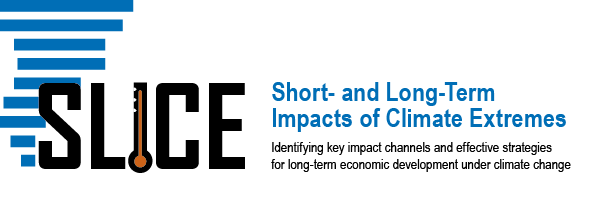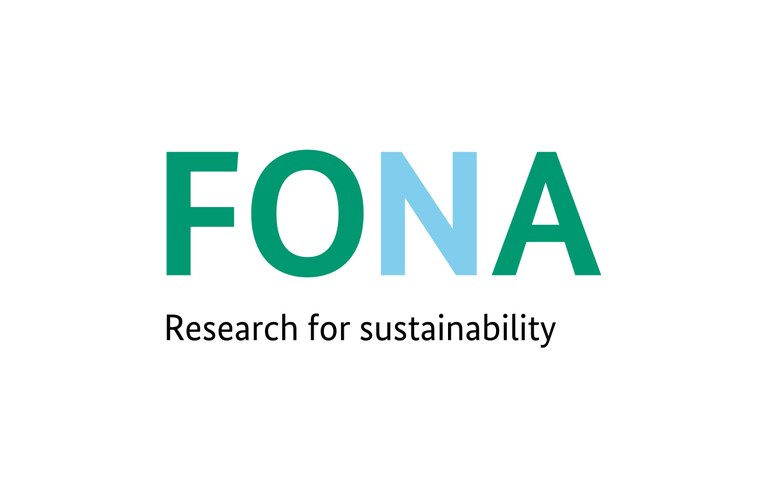SLICE at the "Understanding Risk - Innovate for Resilience" Conference in Bucharest (Romania)
The SLICE project has been invited to present their research at the "Understanding Risk - Innovate for Resilience" Conference in Bucharest (Romania).
Dr. Anne Zimmer was presenting in the session on "Determining disaster and climate impacts on the poorest and most vulnerable and optimizing solutions for resilience". The event has been organized by the World Bank and has brought together participants from science, policy-making, and practitioners. The conference took place in the Palace of Parliament of Bucharest on November 27 to 29, 2019. More information on the conference can be found here.

Dr. Anne Zimmer presented on socio-economic impacts of climate-related extreme events, showing preliminary results from ongoing research projects, ISIMIP, ISIpedia and SLICE. Climate change poses a reverse risk globally. The current level of global warming has already almost tripled the share of the global population exposed to extreme events each year.
The ISIMIP project synthesizes scientific knowledge from a multitude of climate impact models for different sectors. The ISIpedia project (www.isipedia.org) makes this synthesized knowledge accessible to scientific and non-scientific stakeholders; It is currently building up an open climate-impacts database, including country-level risk profiles - for all countries worldwide - providing information on how the country is projected to be affected by climate-related risks such as floods and droughts for different levels of temperature increases.
The SLICE project analyzes the socio-economic short- and long-term impacts of climate extremes especially impacts on well-being, health and education. Based on household-level data for Nigeria, it can be seen that households affected by flooding have partly responded to the shock by selling assets or reducing food consumption or even taking their children out of school. In the project, we analyse the different impact channels on economic well-being, education and healths as well as the links with exposure, vulnerability and coping using household data. Based on our results, we derive policy implications on how socio-economic impacts can be reduced.



